Sunday Classic / Sooooo-ee!!! Calling All Pellet Pigs: What You Should Know About Feeding Trout
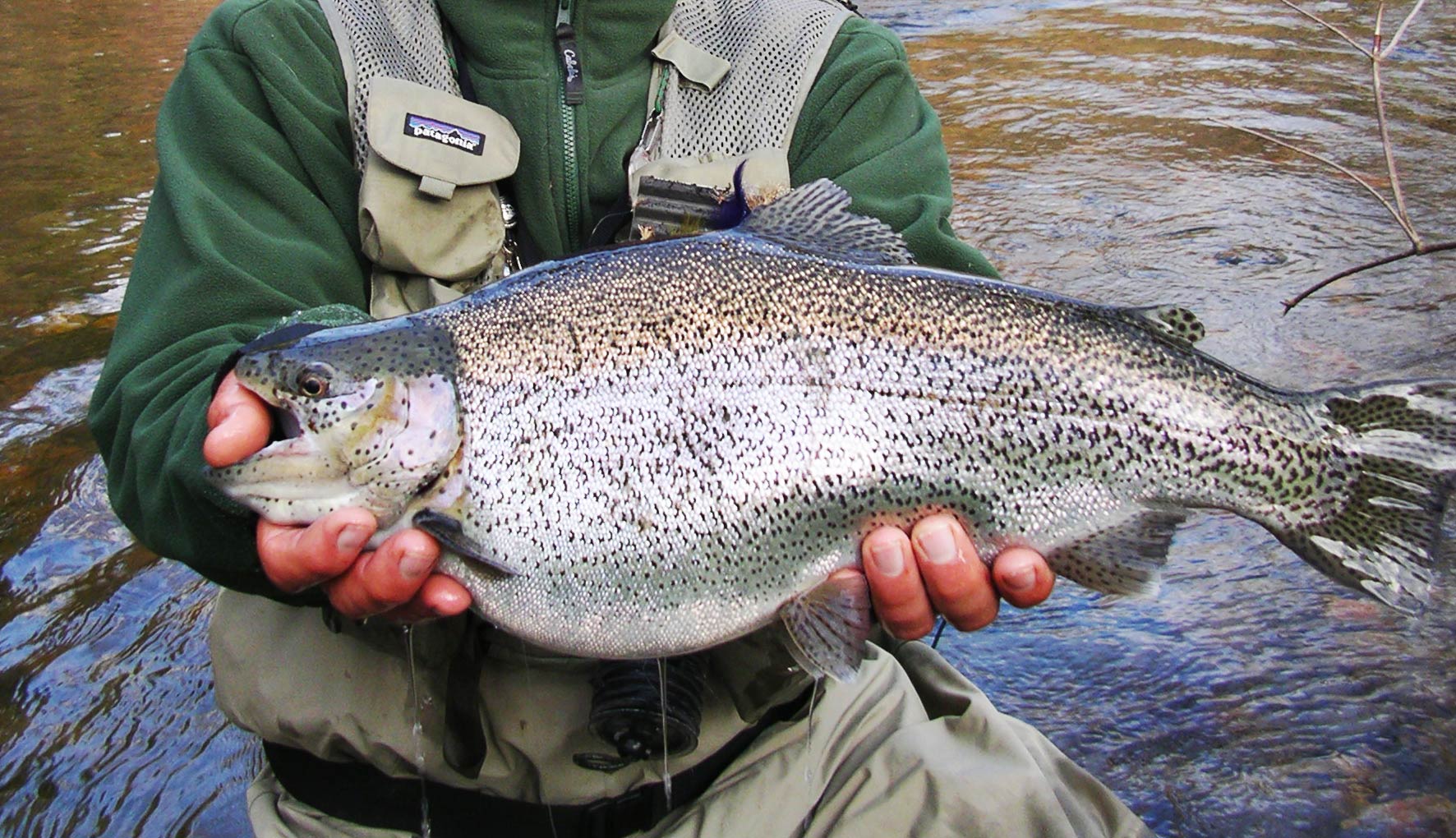
THE OTHER DAY ONE OF OUR READERS WAS OFFENDED WHEN I USED THE TERM “PELLET PIG”. I ENJOY OFFENDING PEOPLE, SO I DECIDED TO WRITE AN ENTIRE POST ON THE SUBJECT.
I honestly didn’t know we weren’t supposed to talk about this. Pellet pigs are a fact of life. They exist and people catch them. They are not offended that we call them pigs, because they don’t speak English. They can be a TON of fun. (get it) They can turn a marginal stream into a hog farm and they can seriously fuck things up.
Feeding fish on private water is a very common practice. I am not going to tell you that it’s ‘bullshit’ or it ‘doesn’t count’ or that it makes you a ‘pud whacker.’ I did it myself for a season and I have good friends who still do. I’ve had some great times catching pellet pigs and sharing the experience with friends. Through personal experience, I’ve learned the positives and the negatives.
Feeding fish, on private water, is a great way to insure that they hang around. Feeding will also attract wild fish from other parts of the stream to hold in your water. It’s a sure fire way to insure that you will always have good fishing, regardless of the quality of your water. It makes fish grow fast and generally means big fish will be present in unnaturally high numbers. This all sounds pretty good, right? Well, nothing in life is without cost and pellet pigs are no exception.
I’m not saying it’s always a bad idea to feed fish. You can do it right and you can do it wrong. What I am saying is,
IF YOU DECIDED TO FEED FISH, HERE ARE SOME THINGS YOU OUGHT TO KNOW.
1)Your trout is so fat it showed up at the Macy’s parade wearing ropes!
2) Feeding fish takes natural selection off the table. This can negatively impact the entire ecosystem of a stream. It discourages predation and supplements trout which would otherwise end up food themselves. If the trout in question is capable of reproduction, they pass on inferior genetics. Feeding also encourages fish to to crowd into holding water in unnatural numbers, increasing the spread of disease. These hordes of fish put unnatural pressure on forage food and can virtually wipe out localized forage species like insects and crawfish, leaving the fish increasingly dependent on feeding.
3) Your trout is so fat it can’t hold in a run, it has to hold in a waddle!
4) Pigs get fat, hogs get slaughtered. Feeding fish in one section of a stream can negatively impact the overall population. Causing fish to congregate puts them at risk on many levels. In addition to spreading disease, large pods of fish attract predators like otters, herons and bait fishermen. When a large pod is wiped out, the fish which are lost might have populated several miles of stream. Spread out, they would have survived.
5) Your trout is so fat
Read More »Saturday Shoutout / Latitude 40
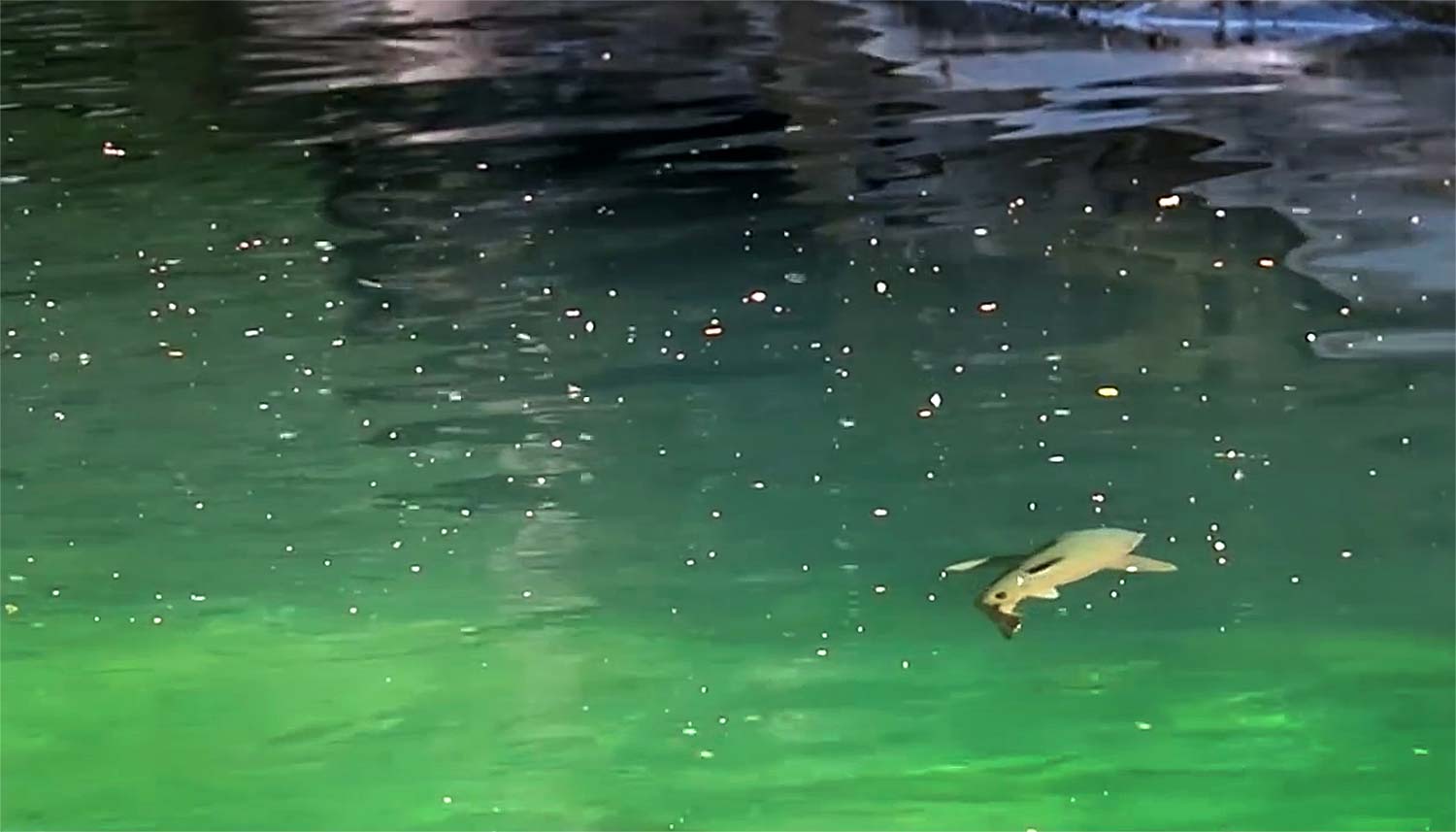
Big brown trout and aggressive wading in New Zealand.
Nine minutes in paradise. This short film showcases backcountry sight fishing for big browns in New Zealand. It’s almost like meditation. If you’re having a stressful day, this will fix it.
Enjoy “Latitude 40.”
Read More »Accidental Fishing, Keep Your Gear Close
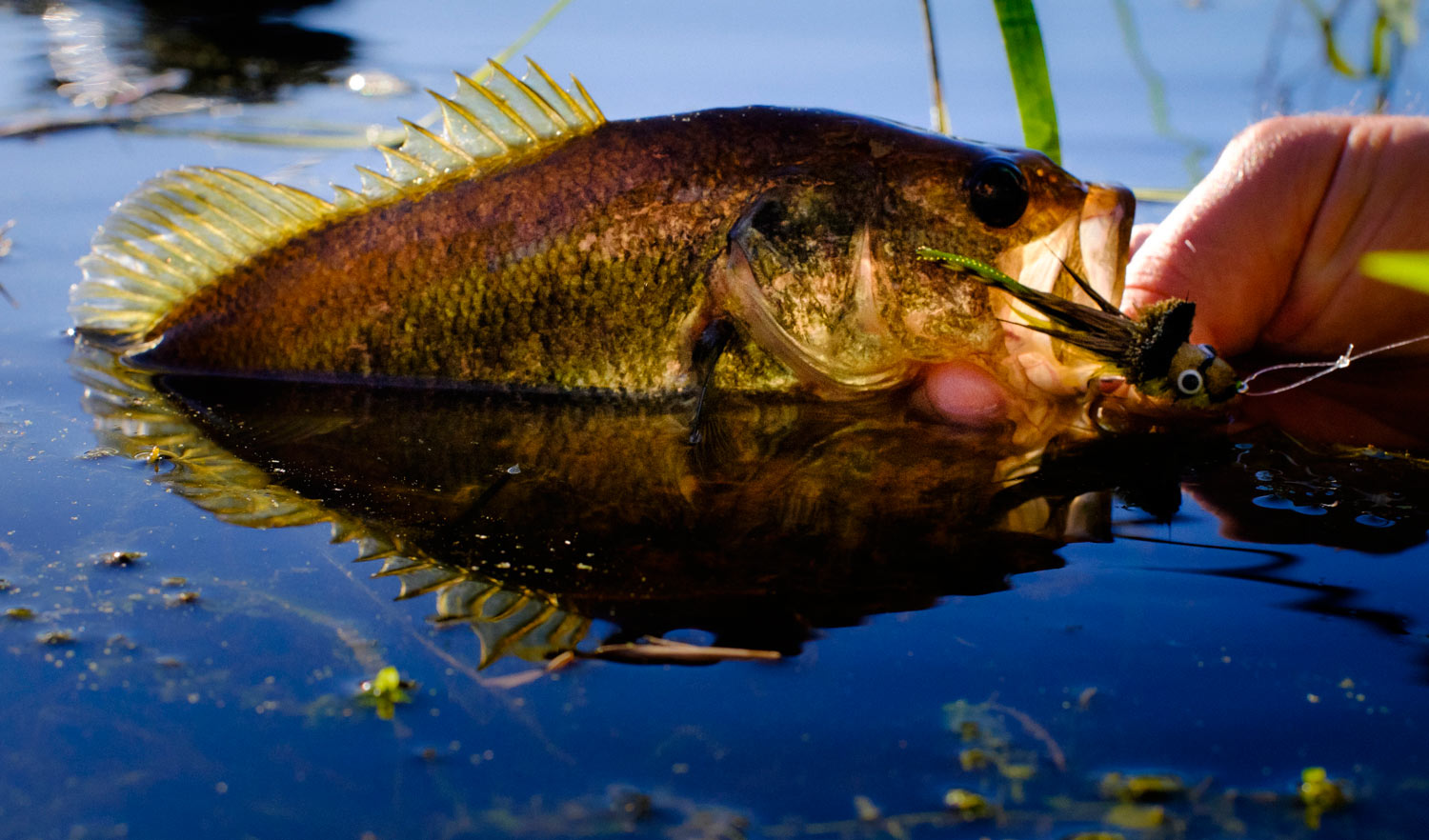
I’m a firm believer in a well laid plan, so why has some of my best fishing been an accident?
I guess it all started because I have a weak bladder. Anyone who has been on a road trip with me can tell you that. Be prepared to make frequent stops. As much as I try, those stops don’t always coincide with gas stations and rest areas. It was on one of these unscheduled pit stops that I noticed a small stream in the North Carolina mountains. The sound of running water always helps to get the plumbing moving, but this water deserved closer inspection.
I tromped back to the car for a 3 weight and within a couple of minutes I was catching wild brook trout fifty feet from the road. The little stream was lousy with them and there were no trails, beat down banks or any other sign of human traffic. Wild brook trout were thriving there in spitting distance of the highway with no one the wiser. I caught eight or ten and was back on the road without ever knowing the name of the stream.
A couple of years later I was in Colorado when nature called. This roadside bano took me in sight of a small mountain lake. I couldn’t help but notice a cutthroat about sixteen inches cruising the bank. I zipped and trotted back to the car for a different rod. A single cast was all it took. The optimistic cuttie swam right over and ate my hopper. Nothing breaks up a road trip like an unexpected fish.
All of my accidental fishing isn’t related to public urination.
Read More »Concentration, Relaxation and Communication Equal Better Bonefishing
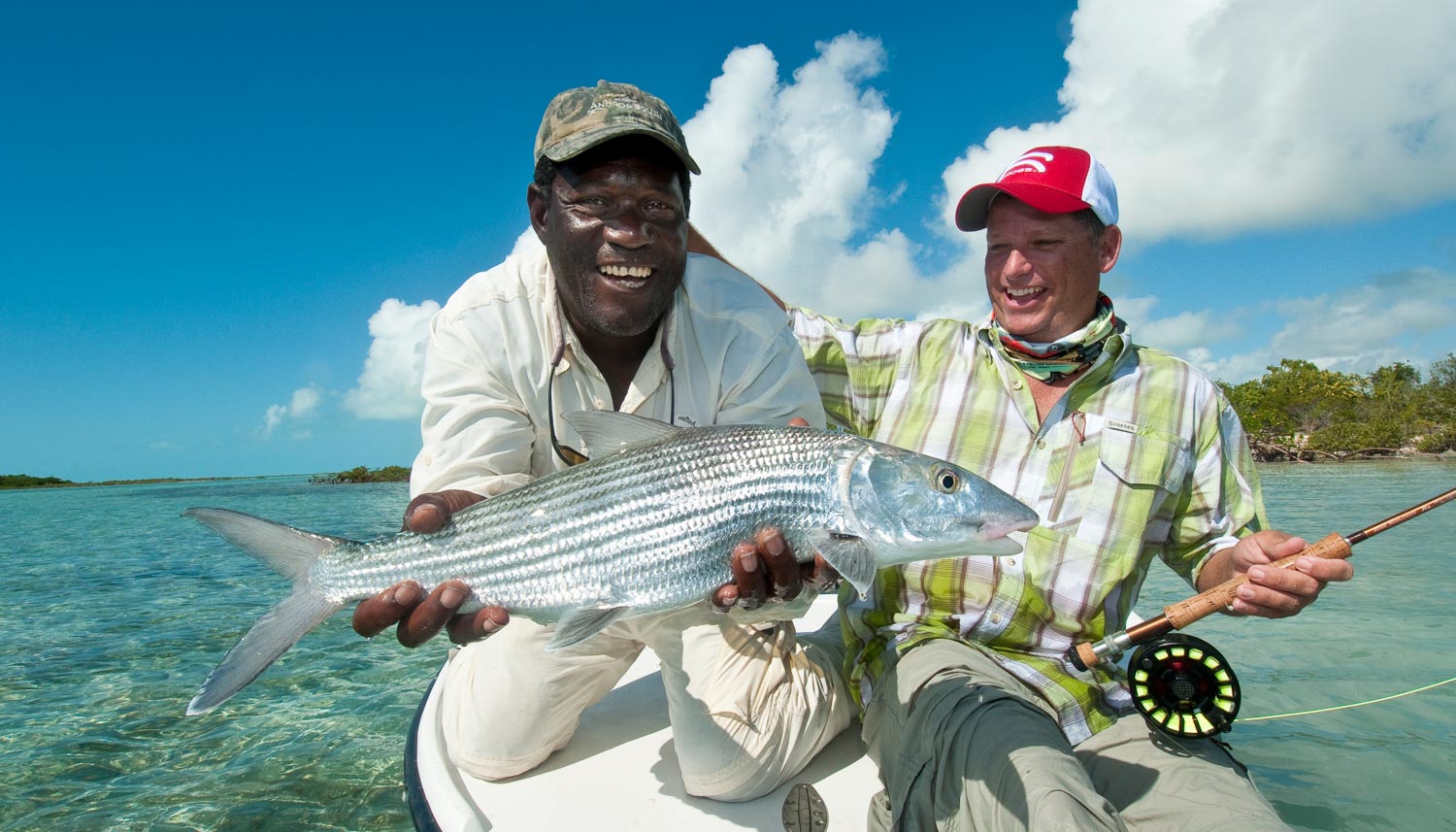
By Louis Cahill
Concentration, Relaxation and Communication. I wish I could claim those words.
I’m quoting Jose Sands, bonefish guide at Andros South Bonefish Lodge. That was his answer when I asked what he thought was the key to successful bonefishing. As usual, he nailed it.
Plenty of anglers are frustrated or intimidated by bonefish. Bonefishing is a complex game with a lot of moving parts and all too often what should be a simple formula breaks down completely. When that happens it’s usually because one or more elements in Jose’s recipe are missing. It’s easier said than done but if you can accomplish these three things, the pieces start to fall into place.
COMMUNICATION
Most saltwater fishing is a team sport. Whether fishing with friends or a guide, you are generally depending on someone else to help you find fish and make a good presentation. Things happen quickly and everyone needs to be on the same page and communicating efficiently to make it work.
There are some universal ideas that everyone needs to understand in order to have good communication. Understanding the bow clock, for instance. When your guide tells you there is a fish at eleven o’clock, forty feet, moving right, it should be a simple thing to find that fish. You learn pretty quickly however, that everyone’s forty feet is not the same and even your guide will occasionally lose track of where eleven o’clock is.
It pays to take a minute at the start of the day to pick an object like a mangrove sprout and decide how far away it is. That helps you calibrate for the day. I find that guides often call out distances that seem much farther than I think is realistic. Not because they don’t know how far away the fish is, but because we are looking at it from very different perspectives. Mine on the bow, and there’s, from the platform at the back of the boat. It’s also worth the time it takes to look at the bow of the boat and confirm where twelve o’clock actually is before you waste a lot of time looking for fish in the wrong spot.
Guides will also use terms like “drop the fly” and “shoot the fly,” to indicate how it should be presented. Drop means you are already carrying enough line for a good presentation, while shoot indicates that you need to let some line go on your delivery. These kinds of directions vary from guide to guide, so take the time to ask early on. It’s impossible to over emphasize the importance of good communication.
I have about a 40% hearing loss and it’s a huge challenge for me. I remind my guide several times during the start of the day that I am deaf as a post. No guide likes to shout in the presence of bonefish but if I can’t hear their direction we both wind up frustrated.
CONCENTRATION
The thing I enjoy the most about bonefishing is the same thing that makes it so difficult.
Read More »Sunday Classic / Bruce Chard’s Palolo Worm
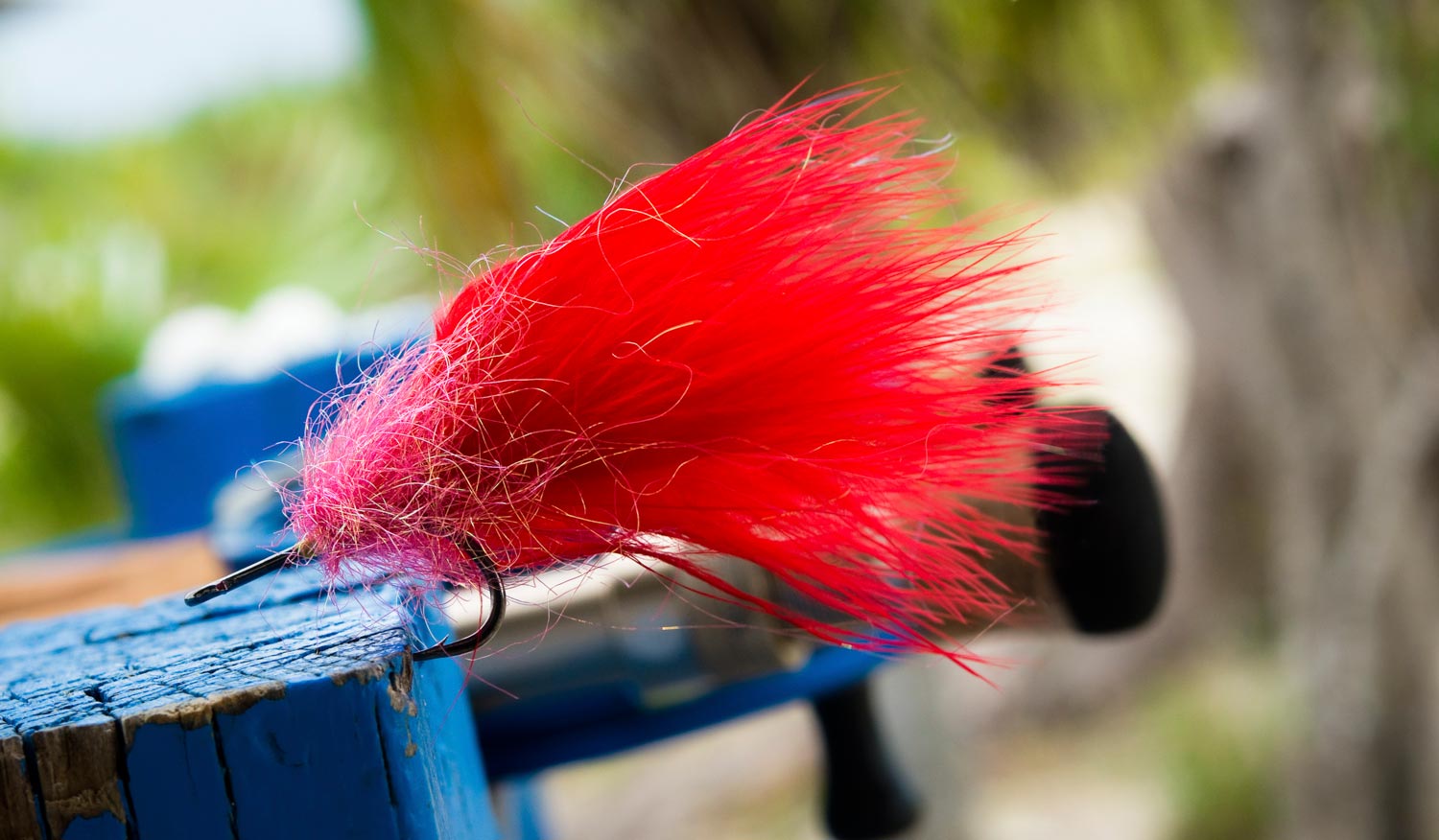
THE PALOLO WORM HATCH IN THE FLORIDA KEYS TRULY MUST BE SEEN TO BE BELIEVED.
Tarpon go completely crazy when these bright red worms pour out of the sand by the millions. The fish gorge themselves on worms and quite a few of those worms are cleverly tied imitations. It’s the fishing opportunity of a lifetime.
My good friend Captain Bruce Chard has this hatch wired. I’ve fished the hatch with Bruce and his success rate is astounding. Today he’s going the share the simple but effective fly that makes it happen. There’s not much to the tie. Anyone can pull it off, but when you see it in action it looks like a million bucks.
Watch the video and learn to tie Chard’s Palolo Worm.
Read More »Saturday Shoutout/ Camping Stuff You Should Know
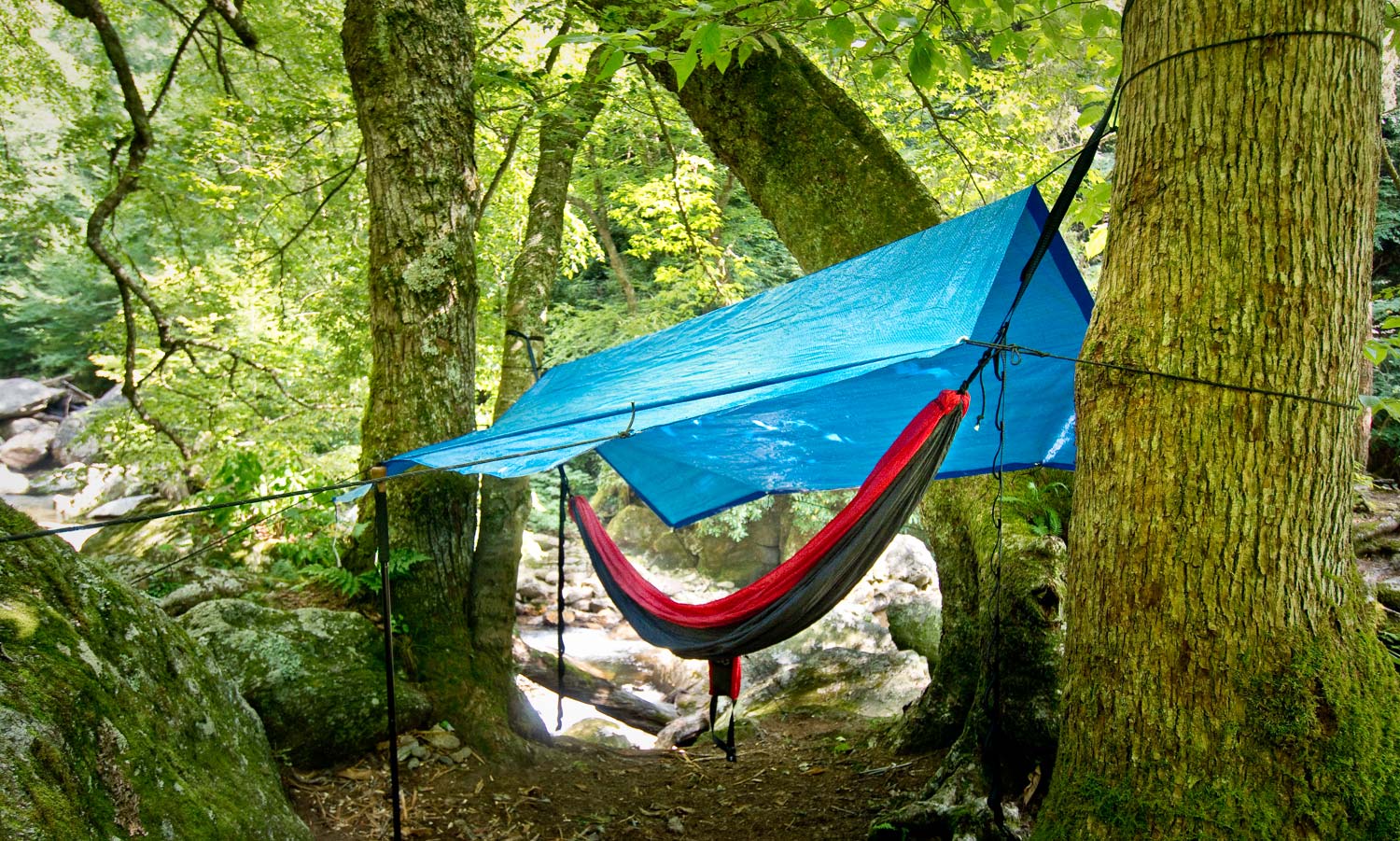
Spring is a great time to get out in the woods for some camping and fishing.
I love camping and fishing, especially in the spring and fall. Here are a handful of videos to help you up your outdoor game.
HAVE FUN OUT THERE!
Read More »If It Looks Offensive, Fish It!
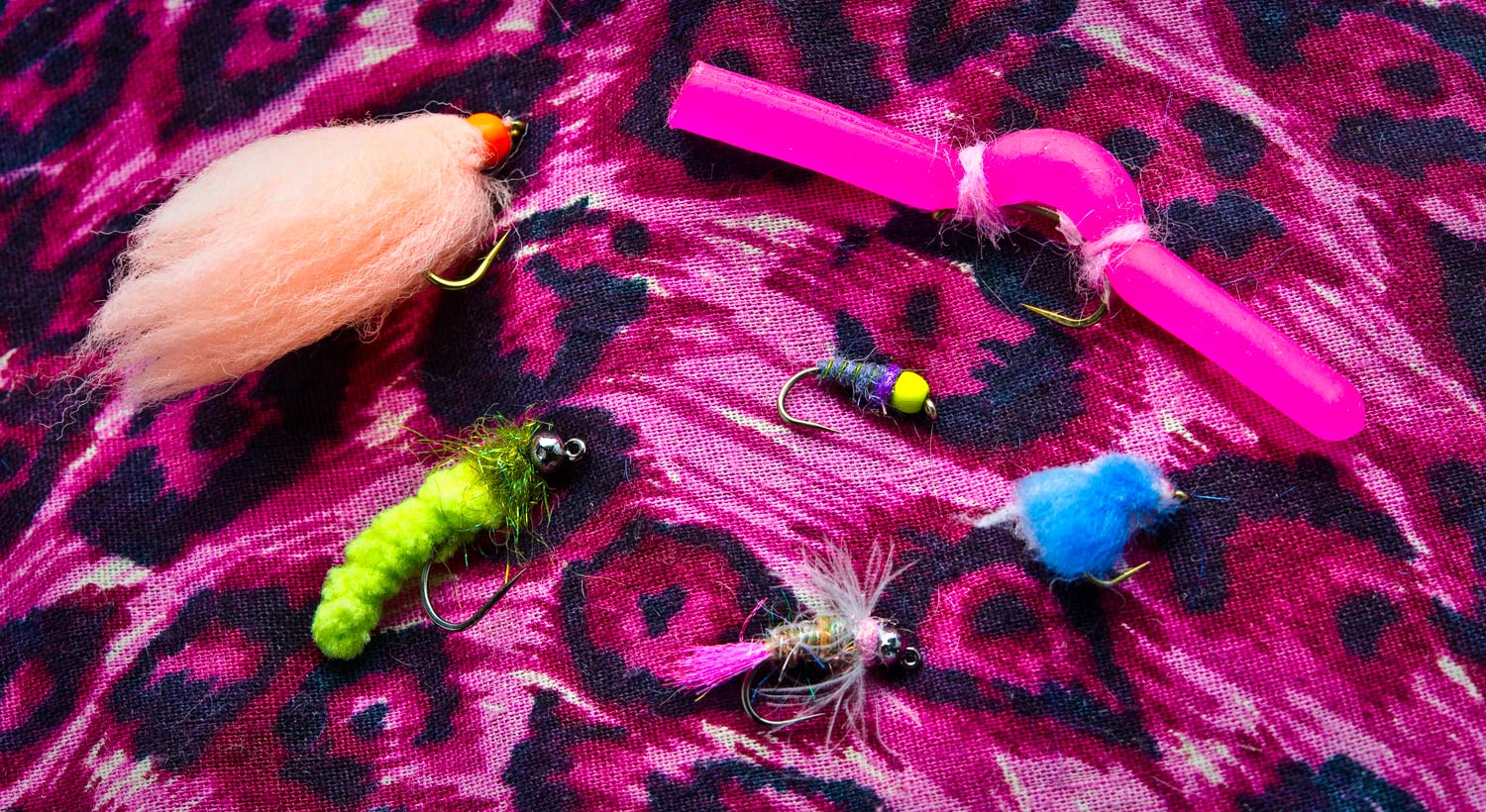
By Justin Pickett
Does a trout fly have to “be something?”
I was once approached by a man on a local stream after I had brought a nice male Rainbow Trout to the net, and immediately he asked the age old question, “What’d he eat?” I removed the fly from the trout’s kyped jaw and held it up for the older gentleman to see. The look of shock and awe… no… make that shear terror… on his face was priceless.
“What the hell is that supposed to be?!” to which I replied,
“I dunno, but it works!”
The fly in question is the brainchild of a good friend, and colleague, of mine. He fishes it all the time, and has lovingly named it the “Trout Brain.” It is a large, ugly, bulky, pink, flesh-like pattern tied on a partridge hook with a bright, fluorescent orange, tungsten bead. To look at this thing, you’d think that there is no way any self-respecting trout inhabiting the lower 48 would eat it. Hell I’ve had clients and other fishing buddies downright refuse to tie it on their rig. I’ll admit I had my doubts at first as well.
It is definitely a far cry from what you would consider a “traditional” fly pattern, but it has proven to be very effective. Do I know why
Read More »Sunday Classic / Cat Island Bones
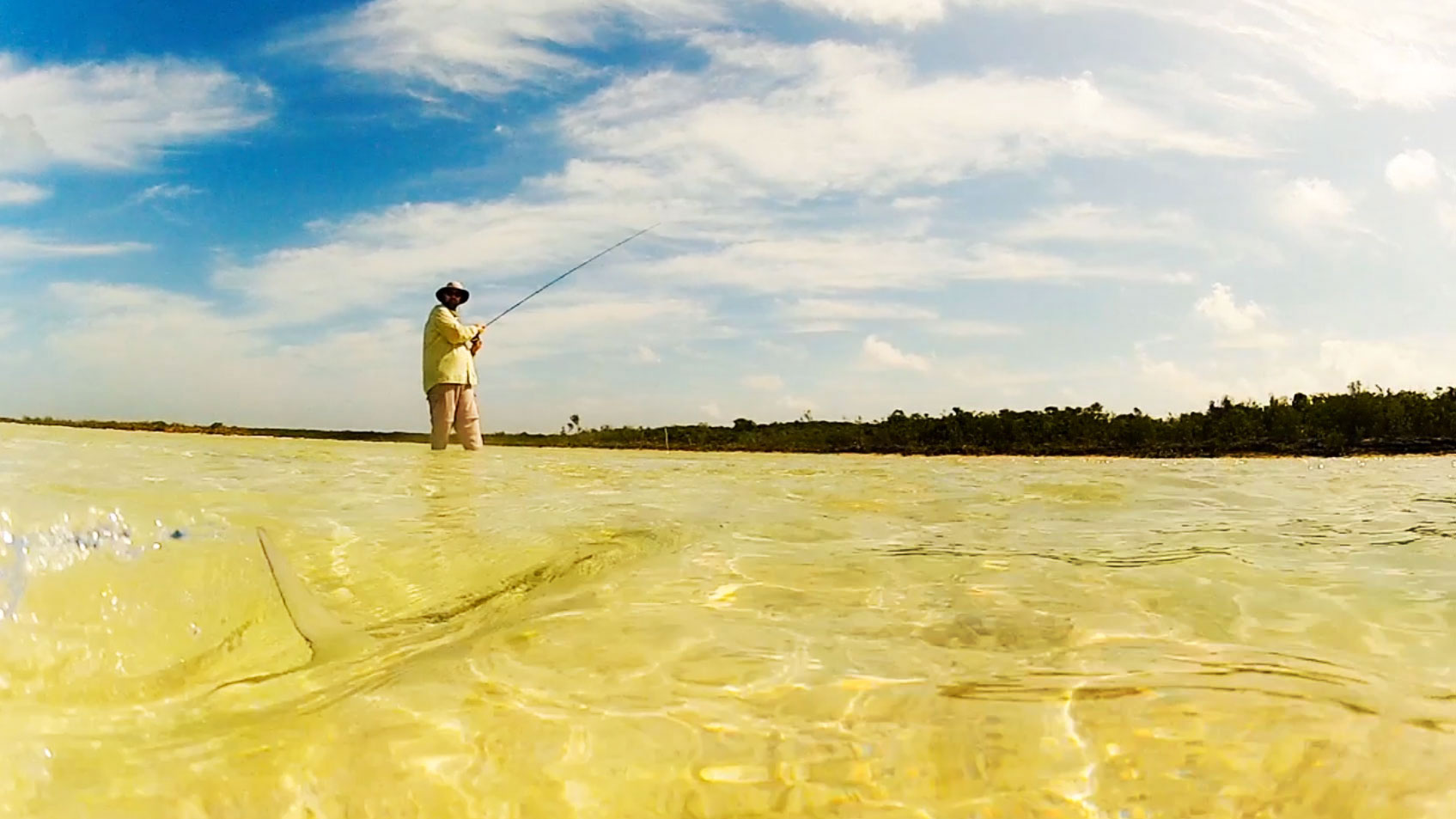
WHITE SAND, BLUE WATER, BONEFISH AND RUM. WHAT MORE DO YOU NEED?
Cat Island is not known as a bonefishing destination. It’s a quiet island with beautiful beaches, warm people and modest fishing opportunities, compared to its neighbors. It’s not South Andros or Bimini but it’s a place I have grown to love.
The flats fishing is purely a DIY scene. The fish are small but really spooky and that makes them rewarding to catch them. They are a food source for the locals, so the fish who are on the flats have earned that right. I take a kayak and paddle to some flats I know to spend the day wading. The bonefish are always good to me.
It was inevitable that I get a GoPro camera. I took it with me on my last trip to Cat Island and shot this video. So, have a click and enjoy five minutes of Cat Island Bones!
Read More »Saturday Shoutout / Char Week
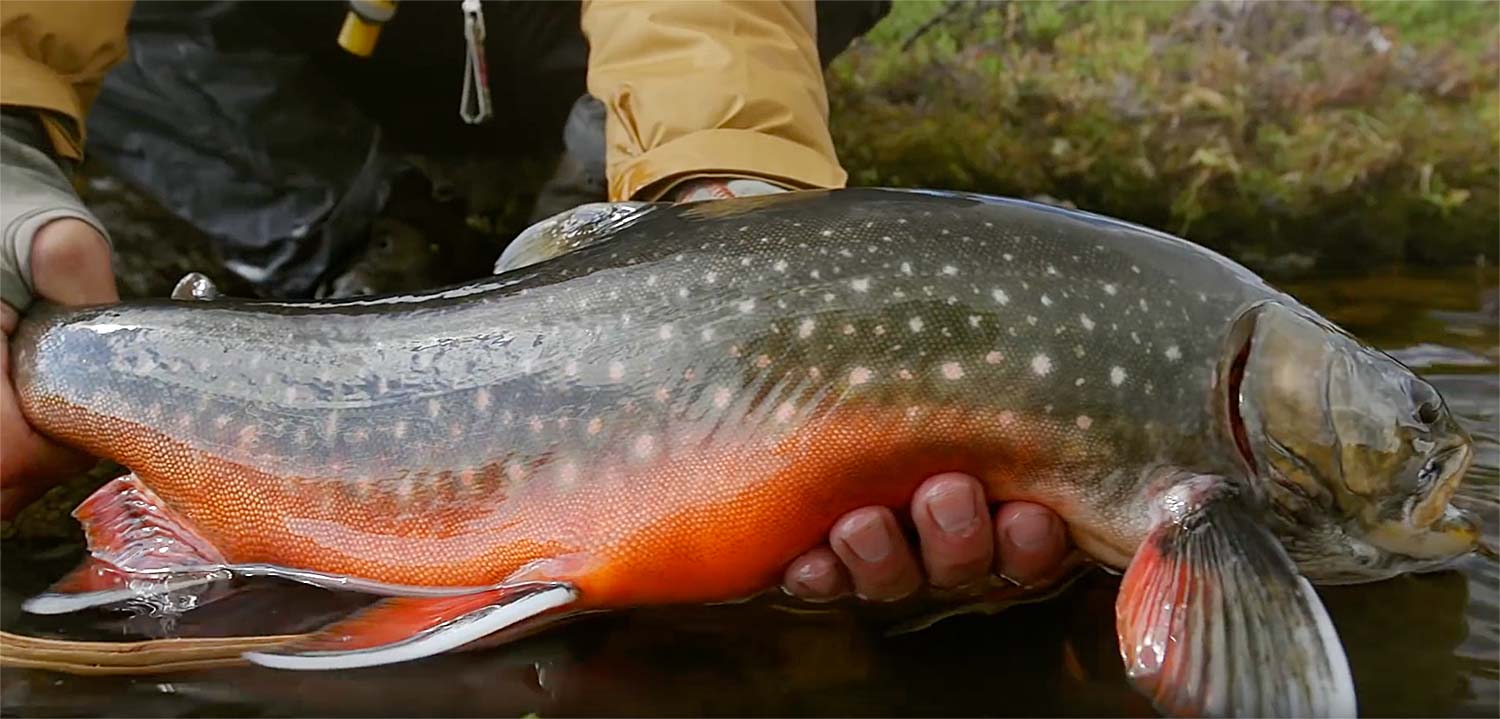
Big char and record brook trout in the land of the midnight sun.
Here are three videos for the char lovers. All of the red bellies and white knife edge fins you’d expect in 3 far flung northern destinations. It’s like shark week, but better!
CHAR WEEK!
Read More »Slow Cast Fly Casting Drill
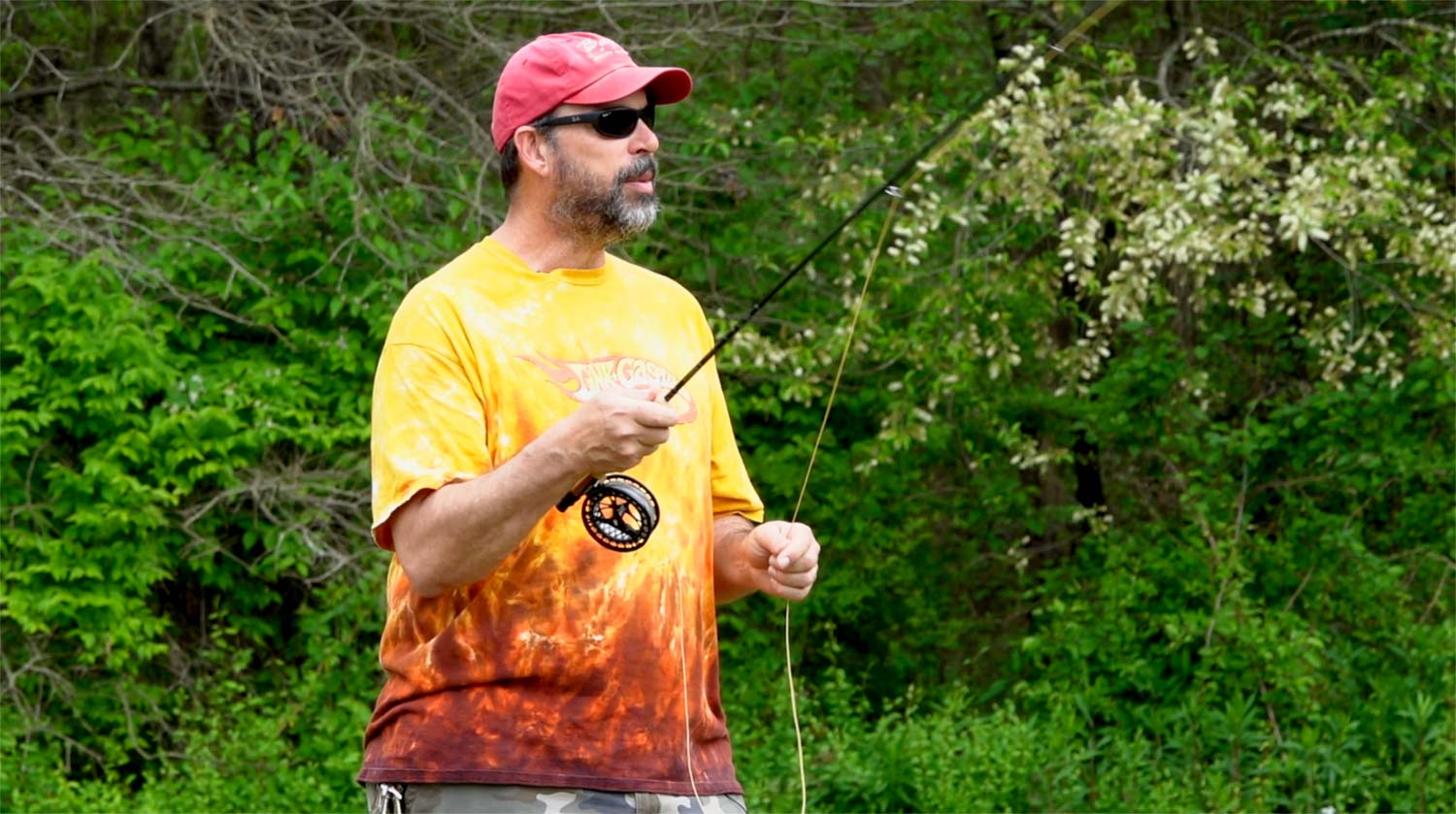
Great timing is the hallmark of a good fly cast.
Timing is everything, well, pretty close anyway when it comes to casting a fly rod. Plenty of anglers struggle with their timing, often without knowing it’s their timing that’s off. Poor timing robs your cast of distance and accuracy. Fortunately, it’s a fairly easy problem to overcome. All you need is a little practice, and the right practice drill.
IN THIS VIDEO I GO OVER THE SLOW CAST DRILL I USE TO IMPROVE TIMING.
Read More »